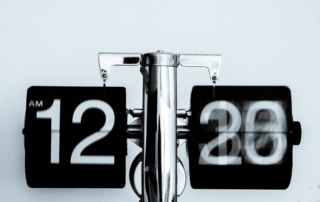5 Common Misconceptions About Long Term Time-lapse Photography
When it comes to time-lapse photography there are a number of misconceptions that should be clarified before embarking on a time-lapse style project. Here are 5 things you might not have known about time-lapse.
2024-04-29T16:03:41+10:00May 1st, 2020|Categories: Time-Lapse Photography|Tags: facts about time-lapse photography, misconceptions about time-lapse photography, myths about time-lapse, time-lapse, time-lapse photography, time-lapse photography sunshine coast|
Recent Posts
- How does time-lapse photography actually work?
- 6 Key Factors To Consider When Looking For A Time-Lapse Photography Expert
- How to make the best use of your long-term time-lapse video when completed
- 5 Common Misconceptions About Long Term Time-lapse Photography
- Understanding The Tech Around Long Term Time-lapse: Let’s Break It Down For You
Categories
Topics
facts about time-lapse photography
how can time-lapse be used to market your development
how to use time-lapse in marketing
misconceptions about time-lapse photography
myths about time-lapse
questions to ask before hiring a time-lapse expert
the many ways time-lapse can be used
the tech needed for time-lapse photography
time-lapse
time-lapse expert Sunshine Coast
time-lapse photogaphy equipment
time-lapse photography
time-lapse photography sunshine coast
using time-lapse in social media
using time-lapse to market your project
using time-lapse videos in marketing
what equipment do I need for time-lapse photography
what should a time-lapse expert know
what to ask a time-lapse expert before hiring
what to ask a time-lapse specialist
what to do with your finished time-lapse

